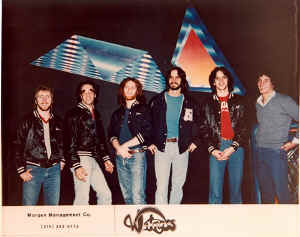 |

Part 2
-Prime Time
( Early 80's ) |
From a financial standpoint, Witness had it's greatest success in the years
of 1980 to 1984. It was not uncommon for the band to have a $10,000 week. (Read
as $24,000 in current dollars.) It was also not uncommon for the band to have
almost as many people waiting in line as there were in the club. This was particularly
true in New Jersey, which had a lower drinking age in those years. (NJ was 18,
PA was 21.) When Witness left the Ale House at the end of 79, it was still an
unproven entity. It wasn't long before club owners and event promoters figured
out that booking the band meant that their cashboxes would be full. Freddy Baker
& Apollo Artists did a great job keeping the band booked almost seven nights
a week. Ted Scandlin / Morgan Management did what they could to keep the band
members happy. Still, there were bound to be problems.
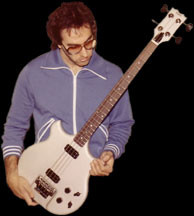 |
1980 saw the changing of two members. Billy B our bass player and Ken
"Snake" Graupner our soundman left. Roy Altemus rejoined the band to
fill Billy's position, and John Higgins came on board to do sound. Higgins was
known for his rock solid mix which not only filled your ears, but was felt with
your whole body. He also had a much larger system.
Pictured (left) Roy
"LRoy" Altemus,
(right) John Higgens of Sounds OK |
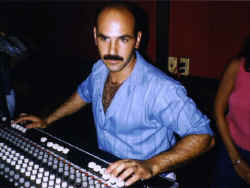 |
Witness was a full business partnership between the band members, lighting
director, sound engineer, and manager. All operated under the business name of
Ted's company, Morgan Management, with Ted handling management and
administration. The band quickly learned that being successful meant being sued!
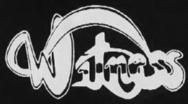 |
The old logo (pictured left) had to be changed as the person who drew it, decided they wanted a cut.
Club owners sued the band if the band played down the street as compared to
their own club! We quickly learned what the letters CYA stood for! From
that point on, everything we did was either Registered, Trade Marked, or Copyrighted.
In addition to Apollo Artists, several other companies where hired to handle advertising
and promotion for the band. All these added expenses left the members scratching
their heads when looking at their paychecks. Another source of frustration. |
With thirty original songs in the repertoire, the band decided it was time to
head for the studio resulting in a 45, and later an Album. Meanwhile, the club
show had grown to monstrous proportions!
| Often, buildings had to be rewired for
the night to handle the immense electrical needs of the band. Many club owners
stood in shock as the crew hit their club like a tornado! The shock tended to go
away after the first night's revenues were counted. After a few return
engagements, they learned to ignore the crew, even as they would take circular
saws to the stage to redesign it for the night! (me bad) We would always manage
to put things back together by the time we left.
Pictured right, 130,000
watt light show, with 14,000 watt sound system |
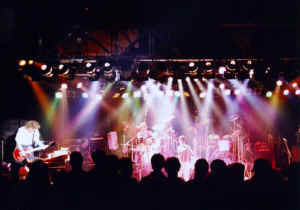
|
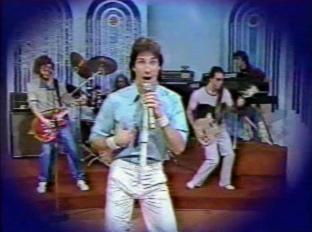 |
On the recording front, the first album was in the can and was followed by no
less then twelve appearances on local and national television. Perhaps, the
largest TV production was USA Hot Spots, for the USA network. Other appearances
included Telethons, Collage projects, and local shows in the towns we preformed
in. The larger of the local shows included three appearances on ABC's Philadelphia
affiliate WPVI channel 6, including coverage of the recording session at Kajem
Studios by NBC's Evening Magazine series.
Left, a YouTube clip from
an appearance on AM Philadelphia (6 ABC) |
| Summers also changed. After several years of doing the Ale House, the Witness
show moved to a club called the Playpen in Diamond Beach. (At the south end of
Wildwood.) The club was actually a large forum style theater turned nightclub.
There were several semicircular floors surrounding the stage. The bottom floor
was the dance floor, and the upper most floor contained a built in delicatessen
as well as a dance club within a club. Witness would play four or five nights,
then hit the road on the off nights for shows booked as one-nighters in Philadelphia,
Lancaster, or the New Jersey region, only to return to the Playpen the following
week. At times, we would stay and share our equipment with national acts at the
Playpen, such as Cheap Trick, Patty Smyth & Scandal, Dave Mason, and Meatloaf. |
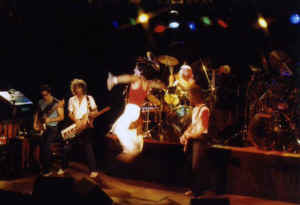
|
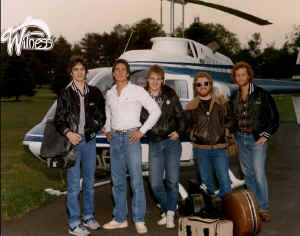 |
In 1983, Michael Disston decided to retire. Our following had changed. We
were no longer the "band with the great Tull show" but were now
"That hot original band, that also does a great Tull show!"
There was no decision made that we should no longer do Tull, no infighting as
some would believe. It was simply that Michael made a personal choice to retire.
The thought of doing a Tull show without him never crossed our minds. (He was
just too good!) |
| 1983 also saw the retirement of Tim Rooney. Tim had been one of the founding
members of the band. His leaving was a sad event. None the less, life had to
move on. Mitch Schecter had been playing with a band called Pegasus, which was
also playing in Wildwood. Often, Higgins, Pur and I would stop by other clubs to
hear bands during our breaks. Many times other members of Witness would be in
tow. Although open auditions were held to replace Tim, many of us knew that if
Mitch were to say yes, we would take him in a heartbeat! Mitch said yes.
Left, a YouTube clip, Mitch
shows what he is made of in this short but great solo!
|
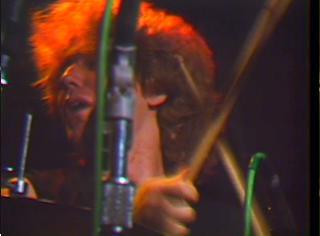 |
1984 was a season of change. The band was still at the top of their game, but
there was a growing frustration with the fact that we were in some form of plateau.
The original songs kept coming and were received with fantastic response when
played, but something wasn't clicking in the political end. Many people pointed
fingers in many directions, (including me) but the truth is we may never know
for sure. There was a sense that Philly had just given birth to another great
band (The Hooters) and that company execs were not looking in this region for
now. My company, DAE, was doing a lot of work for national acts. I can remember
sitting back stage at many huge venues, having dinner with the bands, and
thinking to myself: "These guys are not as good as Witness, so what did
they do that we did not...." Something else was also happening in the club
industry. New Jersey raised their drinking age to 21. Although the band members
applauded the move, suddenly, a large part of our following was no longer
allowed to see the band. That was sad.
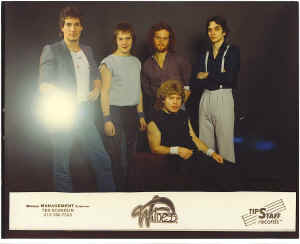 |
The 84/85 season saw a
progression
of Bass players after LRoy left.
Pictured left, Kent Warner in a
promo shot.
Pictured right, Eric Rudy from
Witness's return to the London Ale House in 1985 |
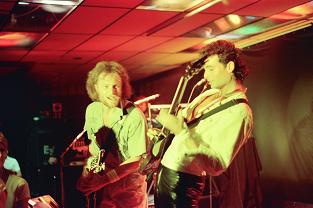
|
1985 saw the club environment continue to change. Jersey club owners were
getting used to doing a lot less business then they had before. Clubs started to
close, and those that remained open were less likely to spend the big bucks.
Witness was still a saturation act. Booking the band was not a problem, but even
our bottom line was being affected by what was going on. With the heavy expenses
load, the change was amplified at the bottom line. We had never been afraid to
spend money on a new project, but even that began to change. In some respects
Witness was at a critical fork in the road. The band either had to make it
through the wall that was stopping us, or end up entombed behind it as a club
act. We were also growing older. Most of us were now married, had homes to
support, or had children. It was an agonizing choice, but I decided to retire at
the end of 1985.
|
I don't think the band ever gave up hope. After all, Witness continued to
play all the way into 1994.
Somewhere there is a record company executive who is several million dollars
poorer for deciding not to make money with the goldmine known as Witness.
Part 3 .......... "1986 and Beyond !" |
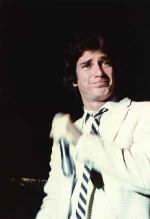
|
|














